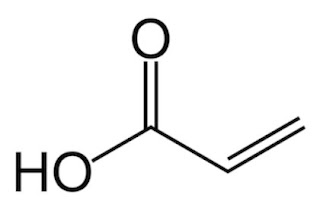Biorefinery platforms – Biogas
- Biogas is produced through Anaerobic Digestion (AD), a biological conversion process that breaks down the organic feedstock in the absence of oxygen.
- Biogas can be produced from a broad range of feedstocks that are suitable for AD: municipal wastewater, residual sludge, food waste, food processing wastewater, dairy wastes, poultry manure, aquaculture wastewater, seafood processing wastewater, yard wastes and municipal solid wastes. Feedstocks for biogas production may be solid, slurries and both concentrated and dilute liquids.
- Biogas is composed of methane (CH4) at a relatively high percentage, carbon dioxide (CO2), hydrogen sulfide (H2S), water vapor and trace amounts of other gases. Its composition varies depending on the origin of the anaerobic digestion process.
- The methane content of biogas typically ranges from 45% to 75% by volume but it can be upgraded to 97-99% purity to be used as potential substitute of natural gas. Biomethane is a near-pure source of methane produced by upgrading biogas (a process that removes any CO2 and other contaminants present in the biogas).
- It is a very versatile platform that can be integrated into the schemes of different types of advanced biorefineries to valorize wastes.
Figure 1. Biogas plant of 500 kW in Vall d'Uixó (taken from the website of Biovic Consulting)
Applications
- Direct heat and power generation. The direct application of biogas to electricity generation is the most common of all current uses. The biogas source is connected to the inlet of a gas engine in a Combined Heat and Power (CHP) unit to produce electricity and heat.
- Injection into the natural gas distribution system. The gas industry calls the compressed biomethane “Renewable Natural Gas” (RNG).
- Renewable fuel for transport vehicles. If compressed for use as an alternative transportation fuel in light and heavy-duty vehicles, can use the same technology for fueling already being used for compressed natural gas vehicles. - Precursor of biobased chemicals. The chemical industry uses significant quantities of natural gas both as fuel and feedstock. Biobased methane could replace natural gas as feedstock to produce biobased chemicals. Main chemical derivatives are ammonia, methanol, oxo chemicals, acetylene, hydrogen cyanide and carbon disulfide.





